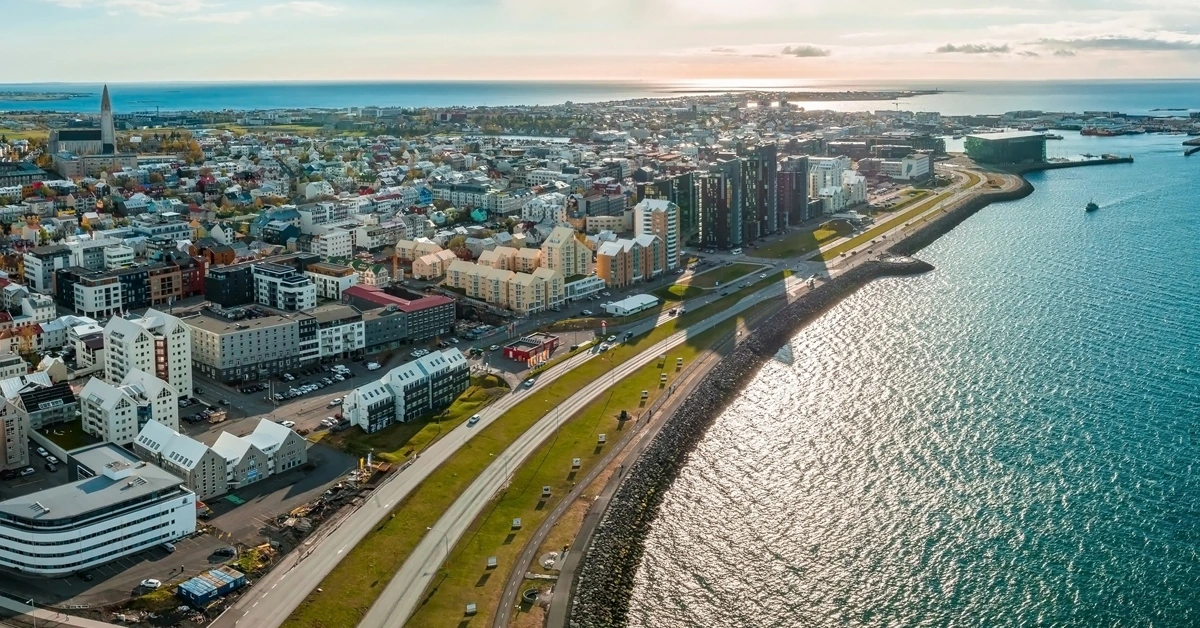
As the impacts of climate change become increasingly pronounced, coastal cities around the globe find themselves on the frontline of a rapidly shifting environmental landscape. Rising sea levels, intensified storms, and coastal erosion are no longer distant warnings but present realities that are reshaping urban infrastructure, economies, and daily life.
Rising Sea Levels: A Looming Threat
One of the most visible impacts of climate change on coastal cities is the rise in sea levels.
According to the Intergovernmental Panel on Climate Change (IPCC), global sea levels have risen by approximately 8 inches (20 cm) since 1880, with the rate accelerating in recent decades.
This rise poses an existential threat to low-lying cities such as Jakarta, Miami, and Dhaka. Jakarta, for instance, is sinking at an alarming rate due to groundwater extraction, exacerbating the impact of rising seas.
The Indonesian government has even announced plans to relocate its capital to Borneo, a stark acknowledgment of the city’s vulnerability.
The Economic Cost Of Coastal Vulnerability
The economic implications of climate change on coastal cities are staggering.
A report by the World Bank estimates that coastal flooding alone could cost cities $1 trillion annually by 2050 if preventive measures are not taken.
Key economic hubs like New York, Mumbai, and Shanghai face the dual challenge of protecting their critical infrastructure while maintaining their roles as global financial centres.
The 2012 Hurricane Sandy, for example, caused an estimated $19 billion in damages in New York City, highlighting the immense cost of inaction.
Redefining Urban Planning And Infrastructure
Adapting to climate change requires a fundamental rethink of urban planning. Coastal cities are increasingly investing in resilient infrastructure to combat rising seas and stronger storms.
The Netherlands, a country long acquainted with managing water, offers a blueprint with its sophisticated network of dykes, seawalls, and storm surge barriers.
Similarly, Singapore has committed over $72 billion to climate adaptation measures, including elevating critical infrastructure and building a system of polders to reclaim land.
In the United States, Boston’s Climate Ready Boston initiative is a comprehensive plan to address rising seas. The city is designing parks and waterfront spaces that can absorb floodwaters while enhancing public spaces.
These measures not only protect cities but also offer opportunities for innovation in design and construction.
Communities On The Edge
While affluent cities may have the resources to adapt, millions in developing nations face an uncertain future.
Coastal communities in Bangladesh, for example, are experiencing increasing salinity in freshwater sources, destroying crops and forcing mass migrations.
The Maldives, with an average elevation of just 1.5 metres above sea level, faces the grim possibility of being submerged entirely within decades.
Climate Migration: The Human Cost
The human cost of climate change is perhaps most evident in the growing phenomenon of climate migration.
The Internal Displacement Monitoring Centre reports that an average of 20 million people are displaced annually due to climate-related events, many of whom come from coastal regions.
This mass movement of people has far-reaching implications for global stability, straining resources in receiving cities and exacerbating social and political tensions.
The Role Of Policy And Global Cooperation
Addressing the challenges posed by climate change requires coordinated global action.
Agreements like the Paris Accord aim to limit global warming to 1.5 degrees Celsius, a threshold beyond which many coastal cities could face irreversible damage.
However, achieving this goal demands significant reductions in greenhouse gas emissions and substantial financial support for vulnerable nations to build resilience.
Local governments are also stepping up. Cities like Copenhagen have integrated climate action into their governance frameworks, setting ambitious carbon neutrality targets while enhancing urban liveability.
Collaborative platforms like C40 Cities enable knowledge sharing and joint initiatives to tackle shared challenges.
Technological Innovations Offering Hope
Technology is playing an increasingly pivotal role in helping cities adapt. Early warning systems for storms, advanced modelling of climate impacts, and AI-driven urban planning tools are providing data-driven solutions to complex problems.
In Venice, MOSE, an innovative system of mobile barriers, is designed to protect the city from high tides, while in Tokyo, underground floodwater reservoirs help manage extreme rainfall.
Looking Ahead: A Call To Action
As climate change continues to reshape coastal cities, the need for urgent and sustained action is clear. Adaptation and mitigation must go hand in hand, supported by strong political will, public engagement, and global cooperation.
While the challenges are immense, they also present an opportunity to rethink and rebuild cities to be more resilient, equitable, and sustainable.
For residents of coastal cities, the impacts of climate change are not just a distant concern but a lived reality.
Whether through innovative engineering, community-led initiatives, or policy reforms, the path forward requires collective effort and an unwavering commitment to safeguarding the future of our urban coastlines.
ALSO READ : The Importance of River Dolphins in Assam: A Focus On Kulsi River And The Role Of Geotagging In Conservation
The Story Mug is a Guwahati-based Blogzine. Here, we believe in doing stories beyond the normal.